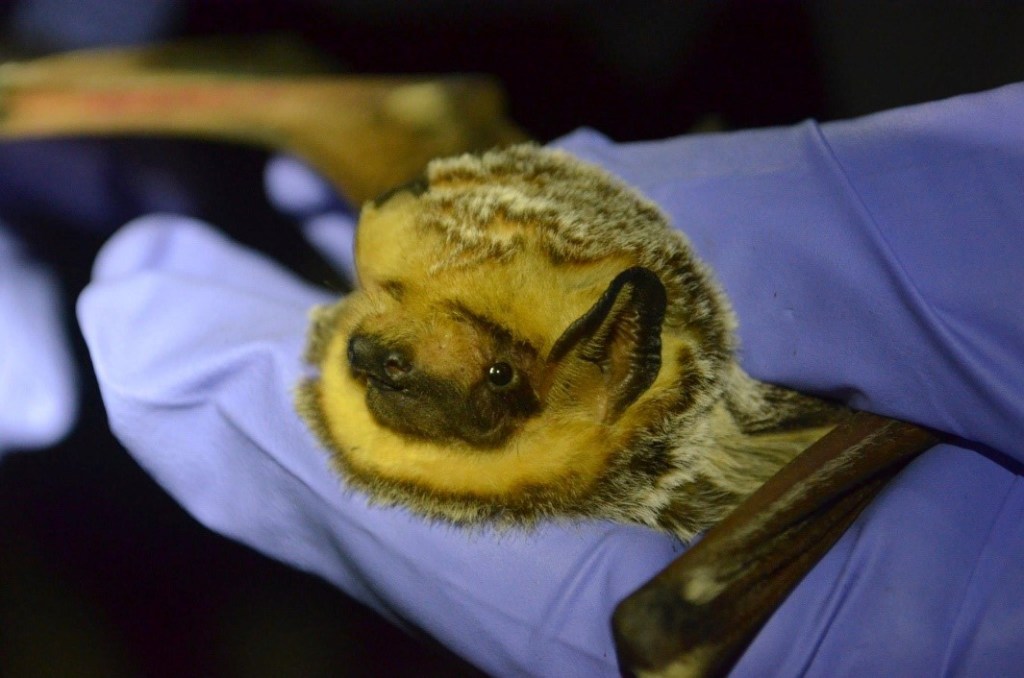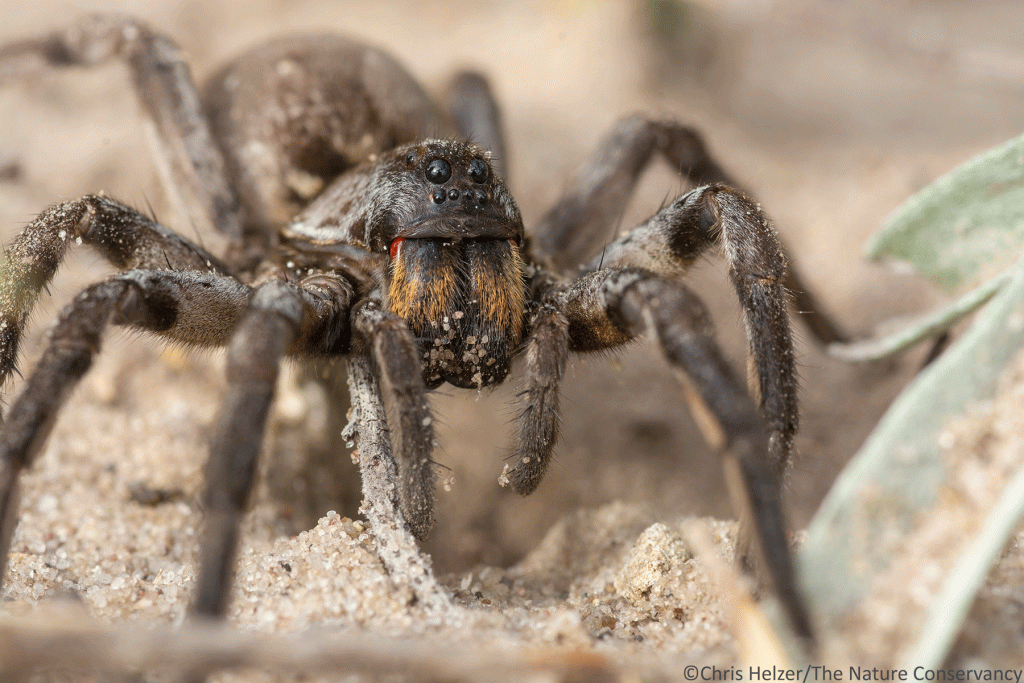Before we get to Ashley’s post below, I have a few things to alert you to. First, a fair number of you joined a webinar I presented a few weeks ago on prairie ecology and management. If you missed it, Conservation Nebraska, who hosted that presentation, has put a recording of that presentation on YouTube at THIS LINK. The recording is two hours long, but only the first 50 minutes or so is presentation – the rest is a robust question and answer session.
Second, as part of his Master’s project at the University of Nebraska, Ethan Freese recently completed an amazing story map about the Prairie Corridor project outside of Lincoln, Nebraska. I encourage you to check out his wonderful photography and great natural history information at THIS LINK.
Finally, tomorrow (Wednesday, August 5) at 12:30pm Central Time, I will be part of a panel discussion on why and how people manage prairies. My fellow panelists include land management staff of The Nature Conservancy in Nebraska and we’ll be talking about a range of interesting topics, including questions from the audience. You can learn more and sign up for the free webinar at THIS LINK.
Ok, here’s Ashley’s post. Ashley is part of our Hubbard Fellowship Program, which allows us to hire two recent college graduates annually and give them a full year of experience working with a conservation organization. We will be taking applications for our next cadre of Fellows sometime later this month. You can read more about the program HERE.
On a recent trip to the Niobrara Valley Preserve, Chris and I had an amazing interaction with an eastern hognose snake. They are charming snakes that have fascinating defenses. To learn more about them, check out Chris’s post.
Snakes aren’t usually one of my favorite animals. I’m fine with looking at them from a distance, but I’m not the first to volunteer to hold one. However, while watching that gorgeous snake, I was lying on the ground, 3 feet away from it totally enthralled. So that got me thinking: if everyone’s first interaction with a snake was with one with as much character as the hognose, the overall perception of snakes might be different.

There are certain animals, like snakes, spiders, bats, etc. that get a bad reputation. I think this is because people have misconceptions about them, but if they had different kinds of interactions with those animals, their minds could be changed. I saw this happen so many times while out netting bats while I was a student at Central College. Most people have only had close interactions with bats when they get into their home, which isn’t the best way to meet any animal. However, when they could see one up close, in a nonthreatening way, they were able to see how truly adorable they are (see photo below).

By writing this, I hope to inspire you in a couple ways. First, if you interact with children, give them the opportunity to form an opinion of their own of animals that might have a bad reputation. Try to censor your negative reaction to seeing a spider or a snake and let them discover their feelings for themselves. Also, try to get them outside as much as possible so they can see the wide variety there is in nature. Sure, not every spider is friendly, but there are some really cool ones.
Second, as an adult I implore you to challenge the perceptions you already have. I think an easy first step is education. It’s important to remember that every group of animal helps to maintain balance in nature, and they each have their role to play. Not only do snakes keep populations of their prey, like mice, under control, but they can also provide food to predators like the loggerhead shrike. One little brown bat will eat between 300 to 3,000 insects a night! Think of all the mosquitoes and other pest insects there would be without the control of bats. Spiders also help us and the environment by eating pest species that can carry disease like mosquitoes, flies, and fleas.

My mind is put at ease when I think about how little of a threat the majority of these animals are to me. For example, out of 29 species of snake in Nebraska, 25 of them are harmless to humans. Additionally, the four that could do harm aren’t going to seek you out to do so. Only 6% of bats submitted to the CDC have positive results for rabies, meaning prevalence in the wild could be even lower. So, when one is in your house, it most likely doesn’t have rabies and it is ten times more scared than you are.
Obviously, there are caveats to my requests. Please don’t try to catch a rattlesnake, and if you handle a bat in your house, wear leather gloves. Be inquisitive, be open-minded, but also remember that just like humans, these animals have their limits.

First I want to thank you and all who work with you in your efforts to preserve and restore the Nebraska prairie land. I grew up just about as far west in Nebraska as one can get. I love it’s dry winds, blowing sand and the sounds of it’s inhabitants. I left Nebraska in 1975 as a military wife. I have only been an enthralled occasional visitor since.
It took me the better part of two days to be “in” the prairie with the thesis project. I loved every minute. My heart is bursting with joy at the sounds and images of the land that is so dear to me!
That’s a wonderful photo of the hognose threat display. From the angle at which it was taken I was surprised to see that it looks like the head of a much larger animal — the dark areas of the spread jaws on either side are “eyes”, the real eyes become nostrils and the mouth is grinning. Before I’ve only seen photos of this display taken from above and it doesn’t look nearly as threatening.